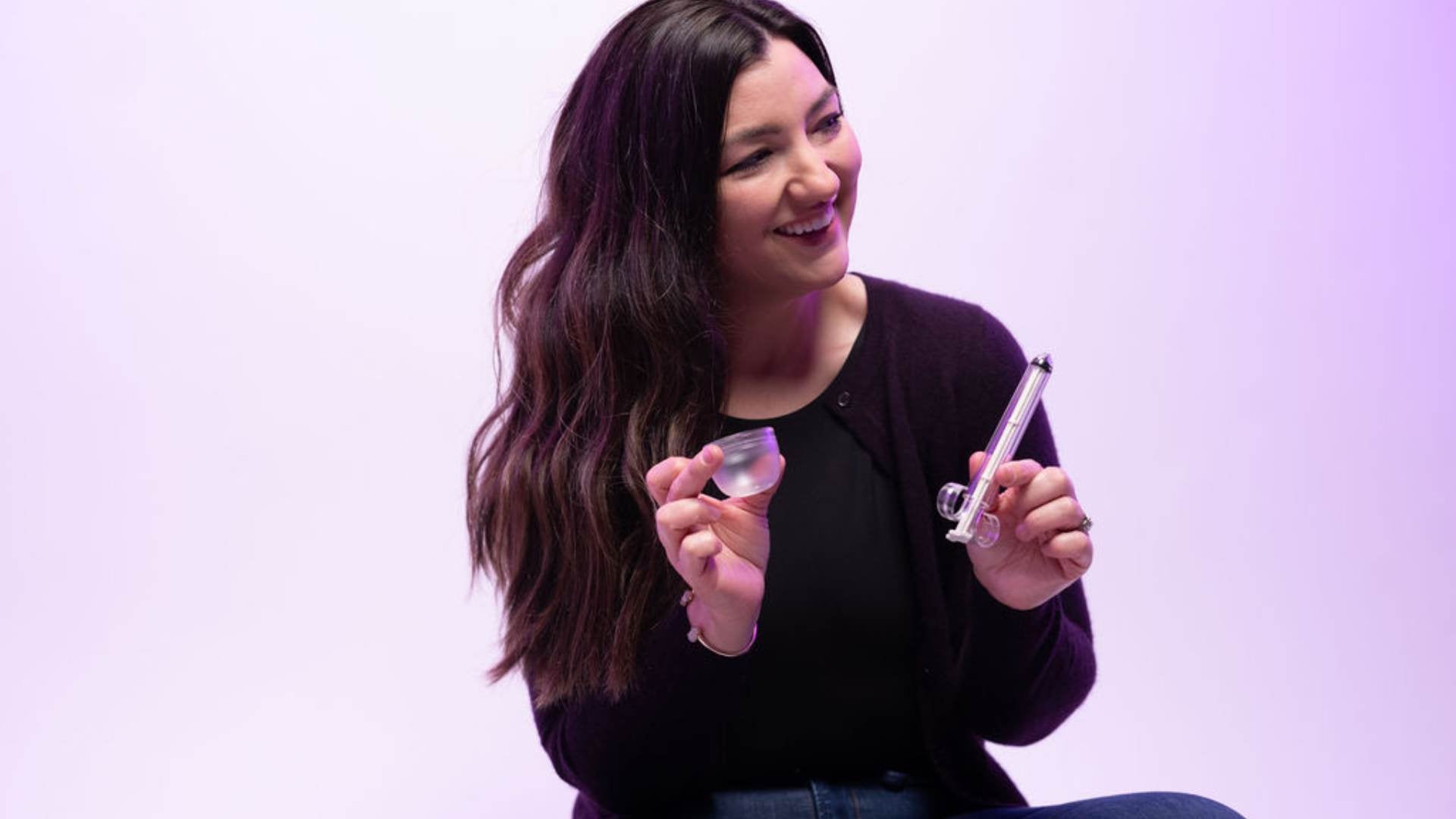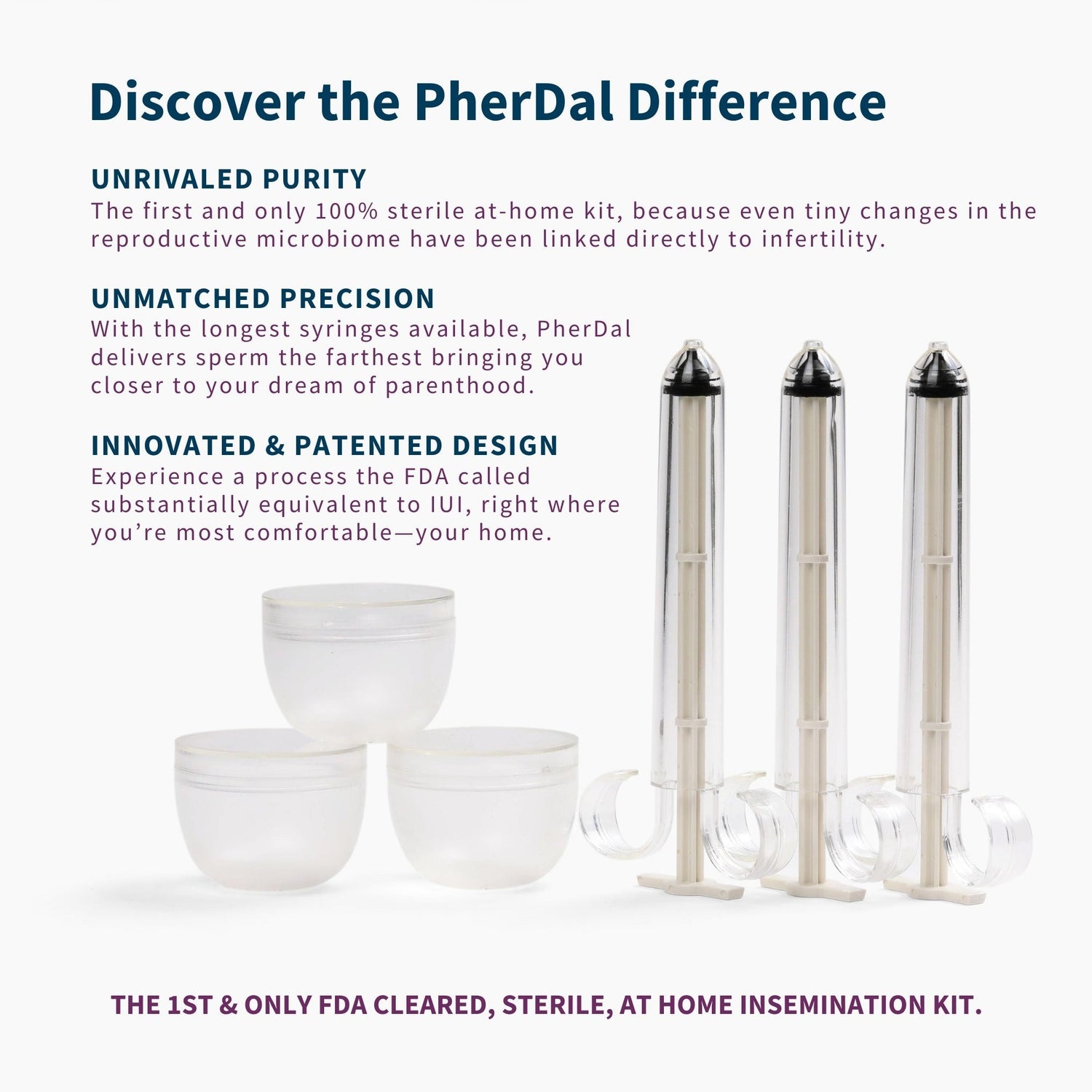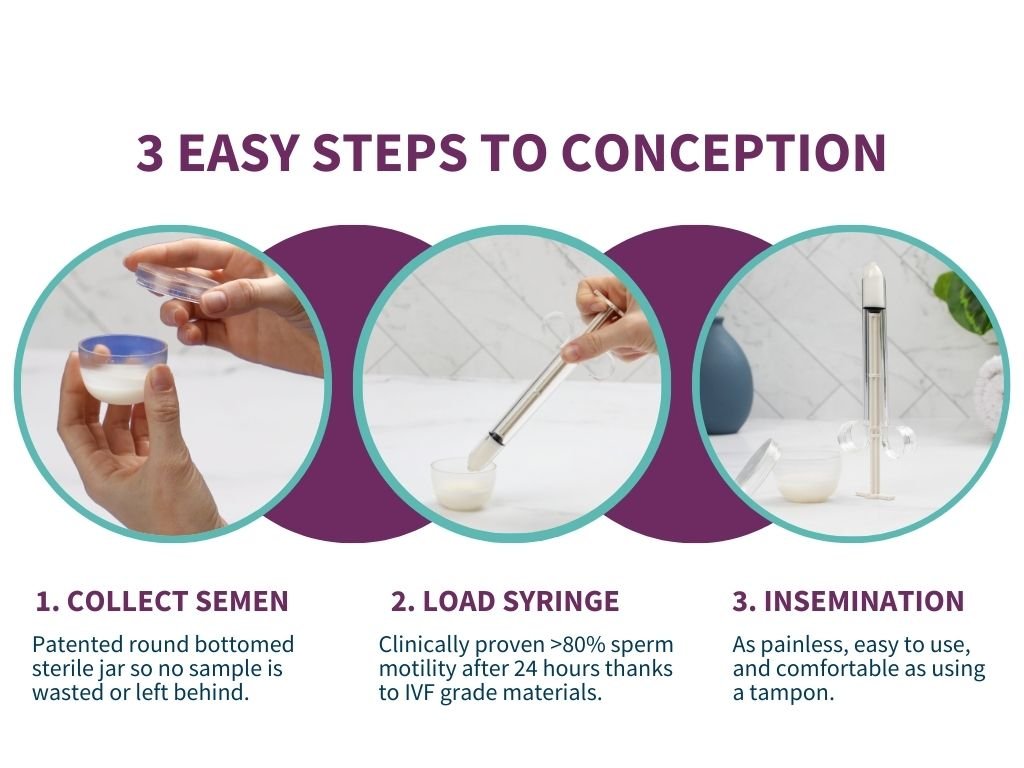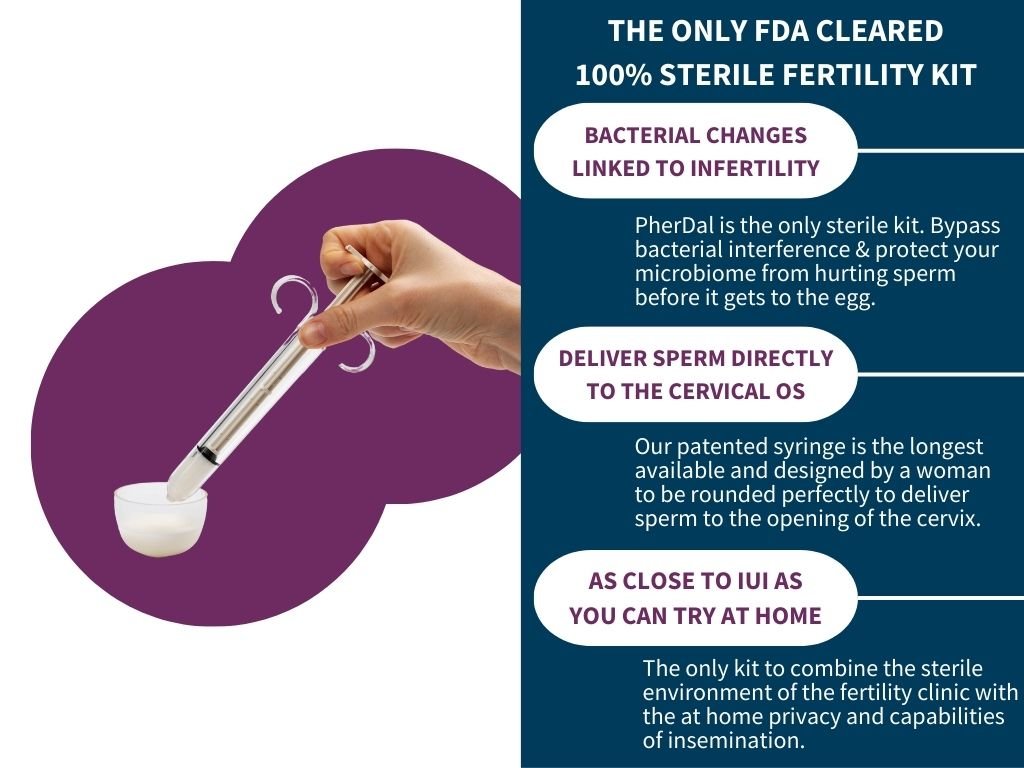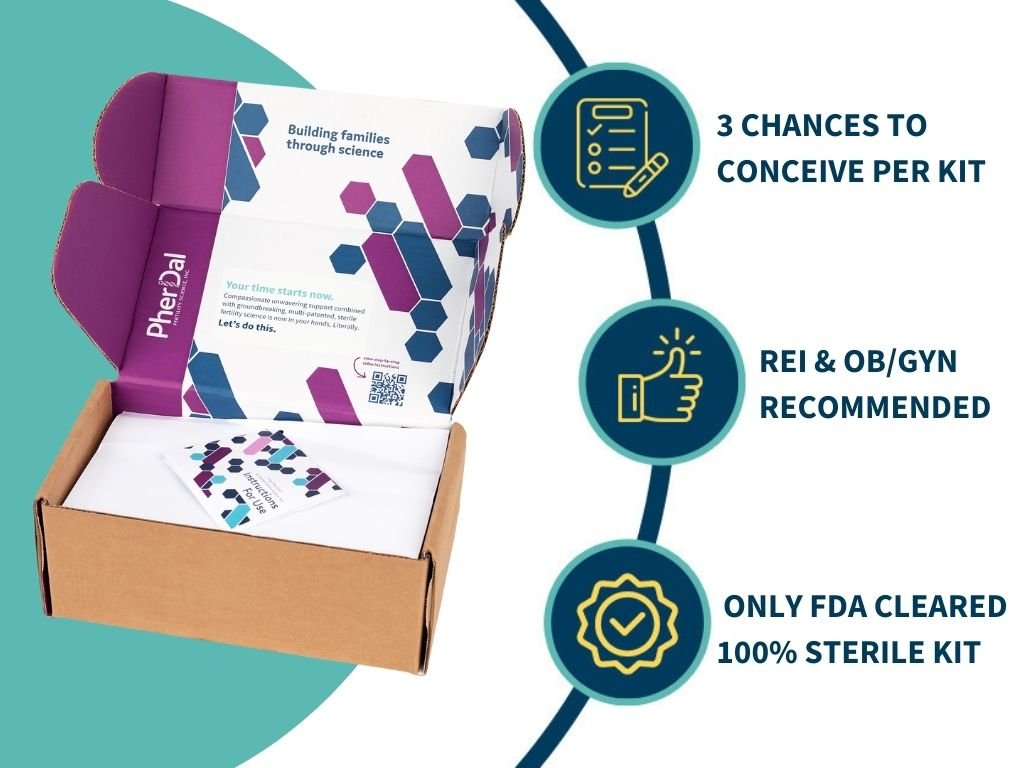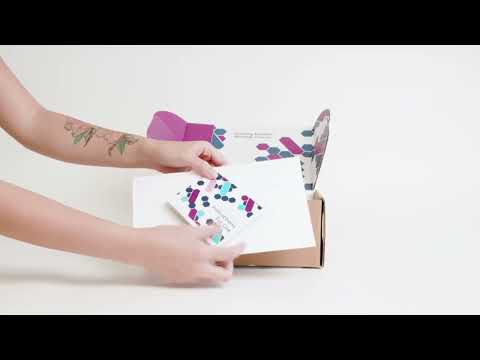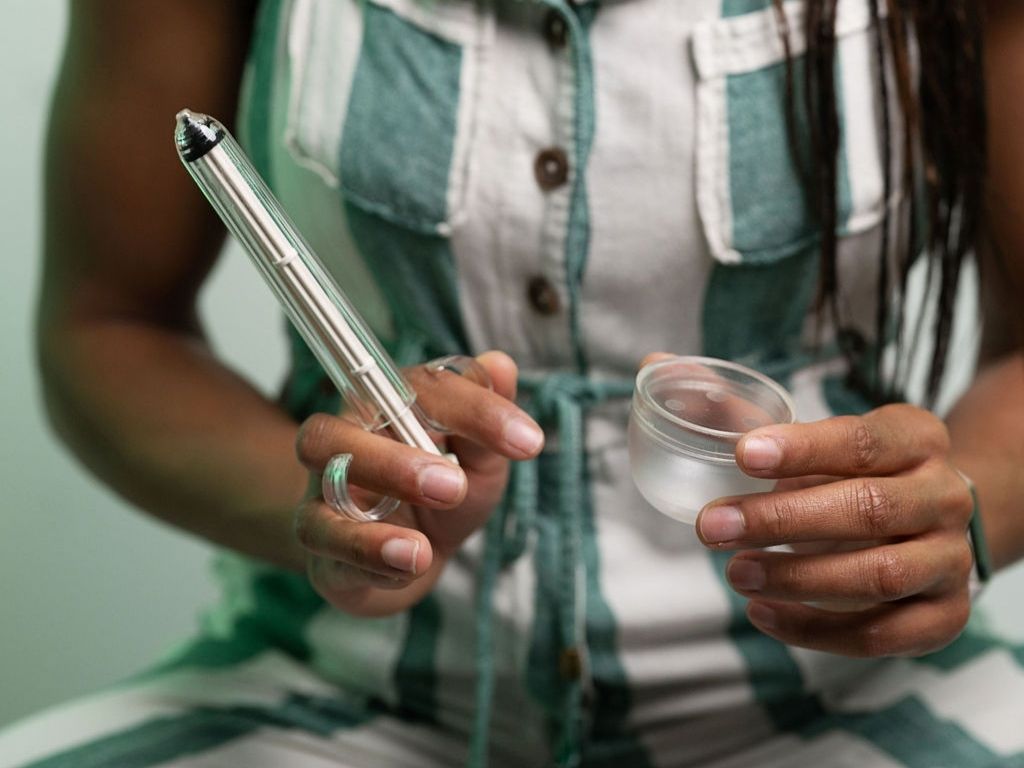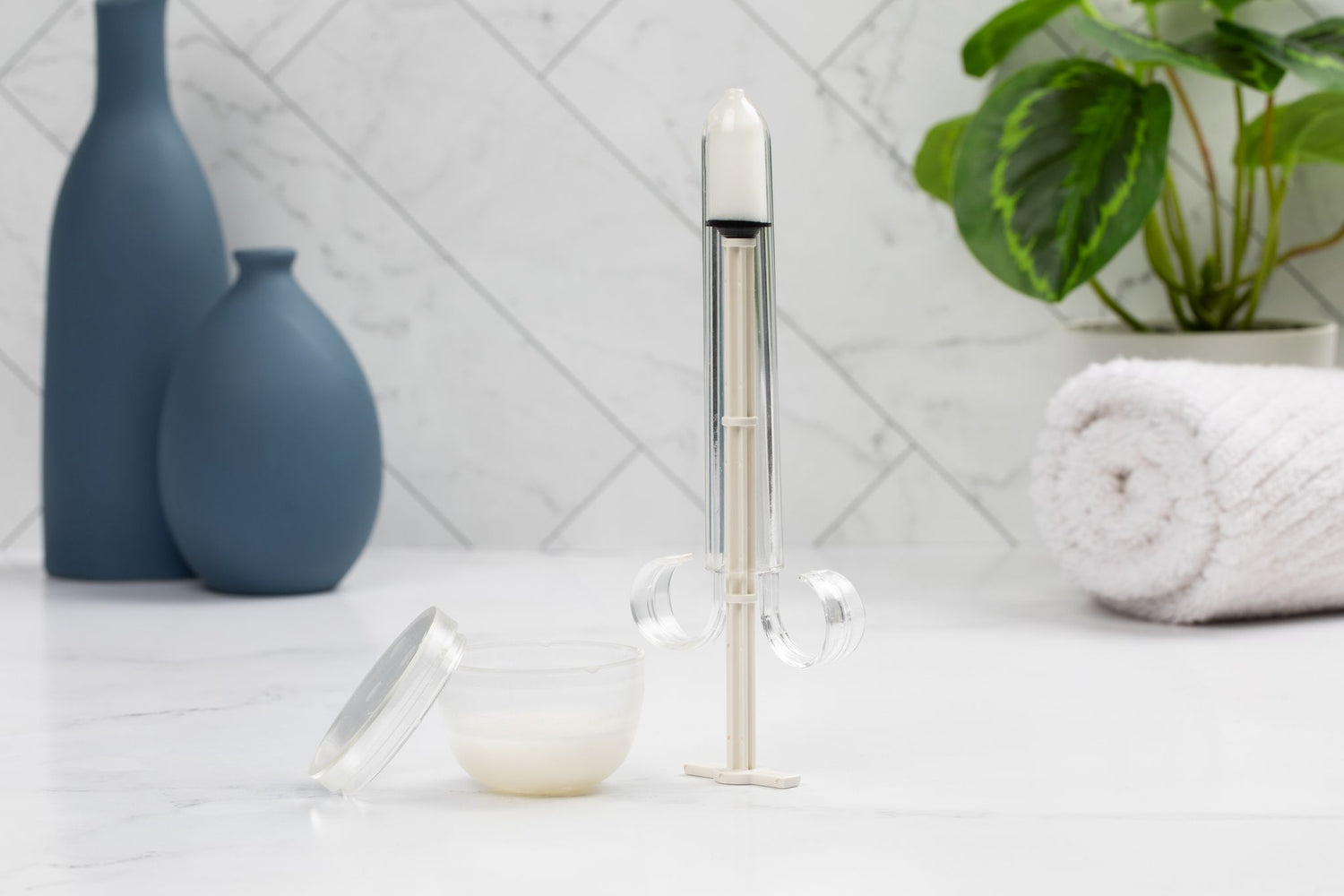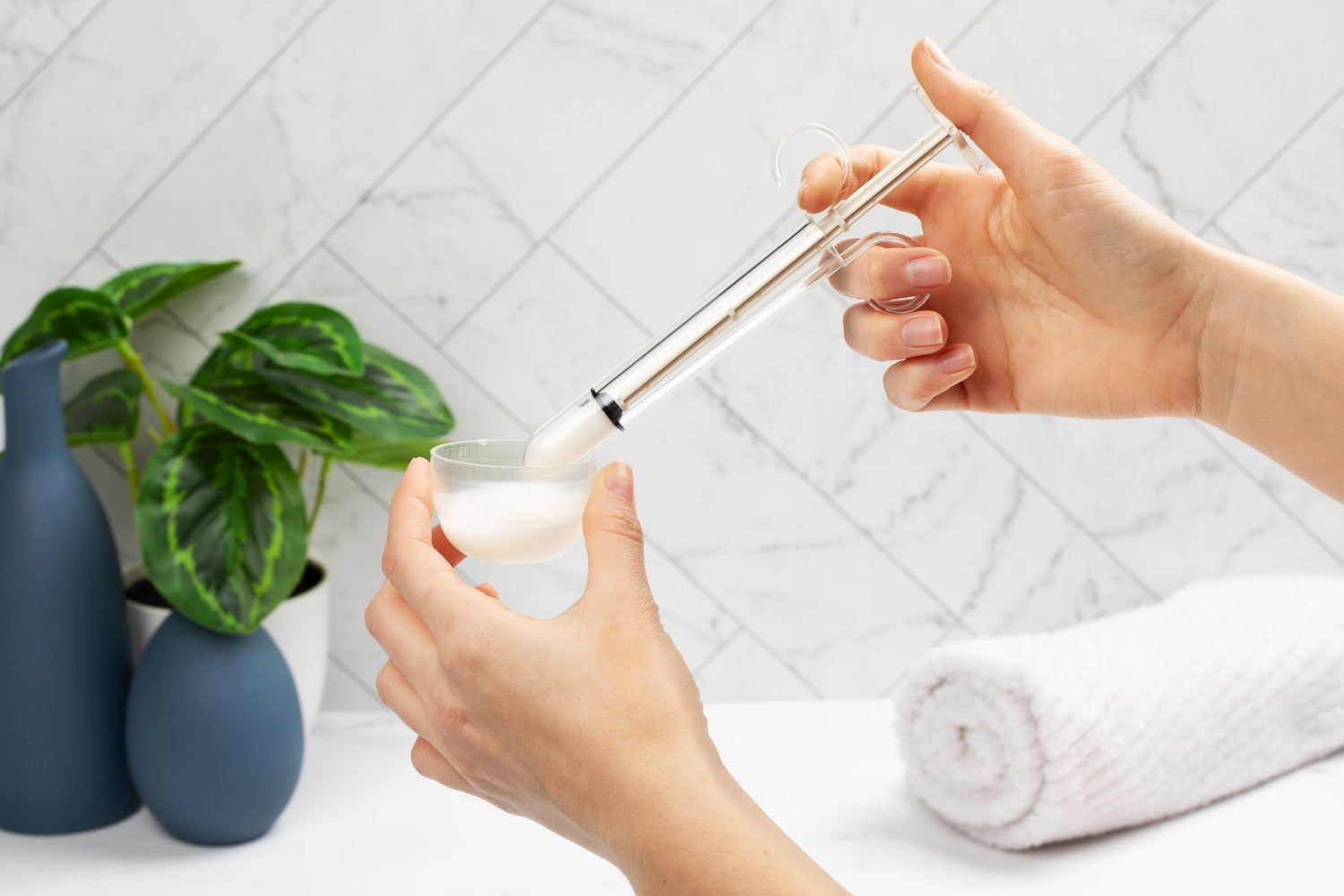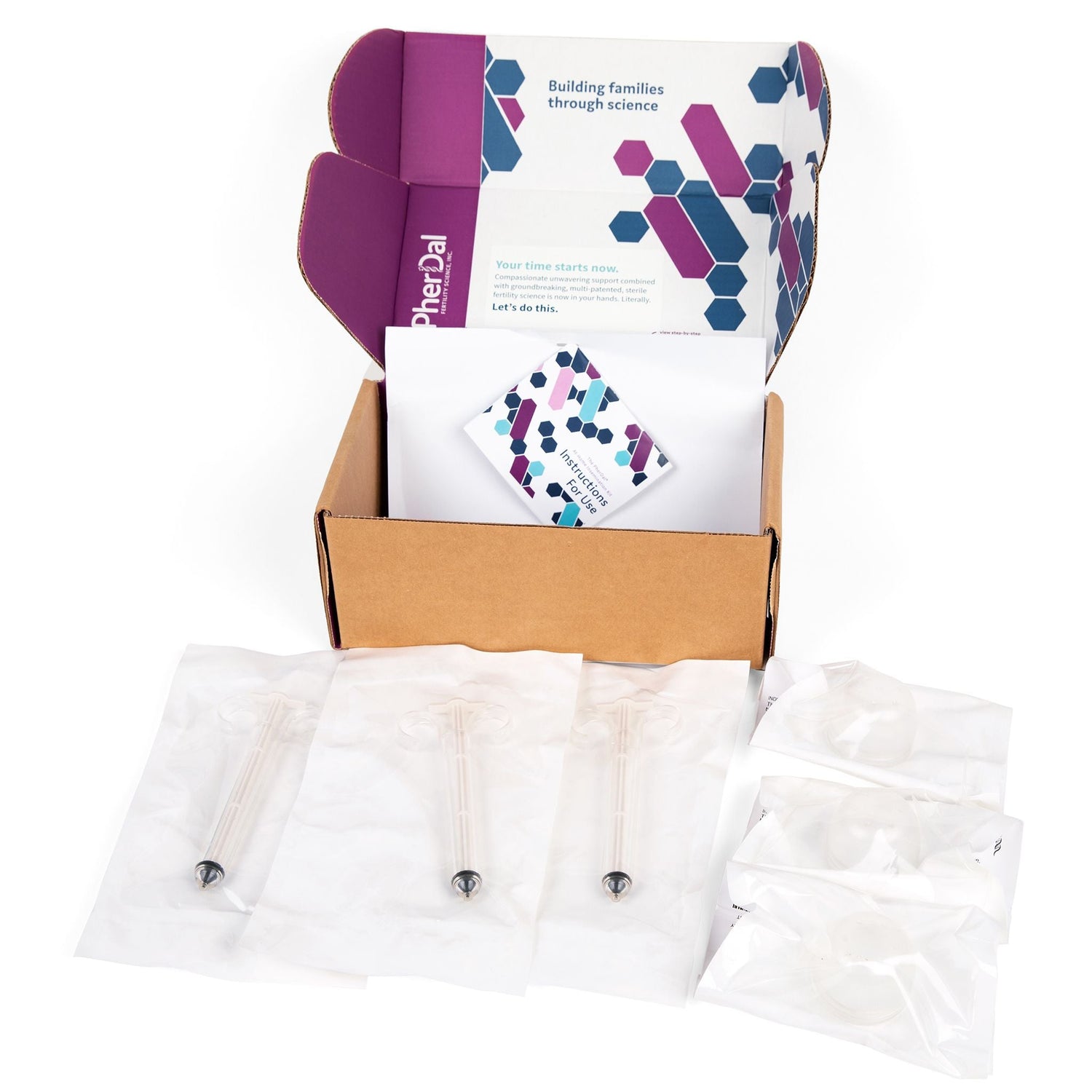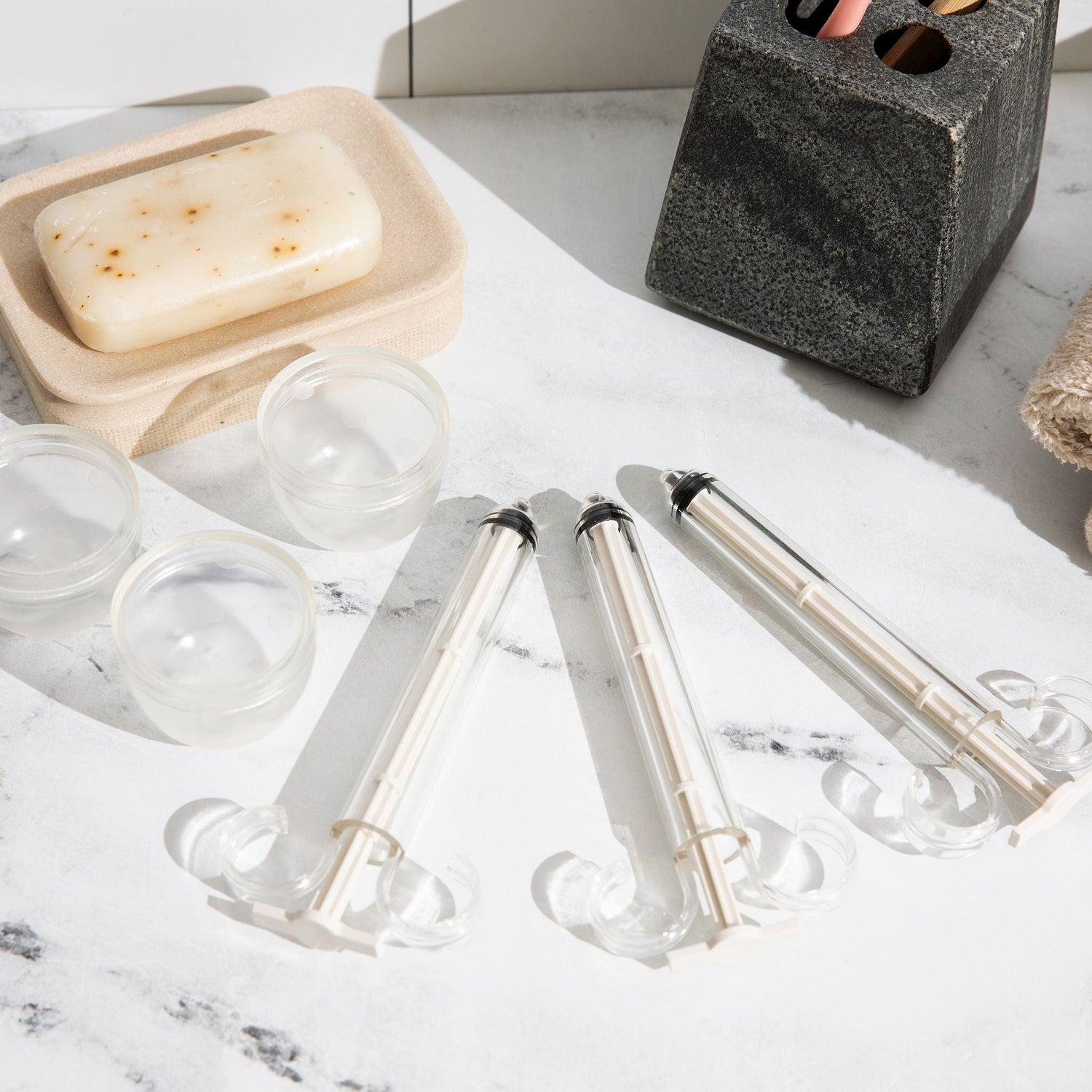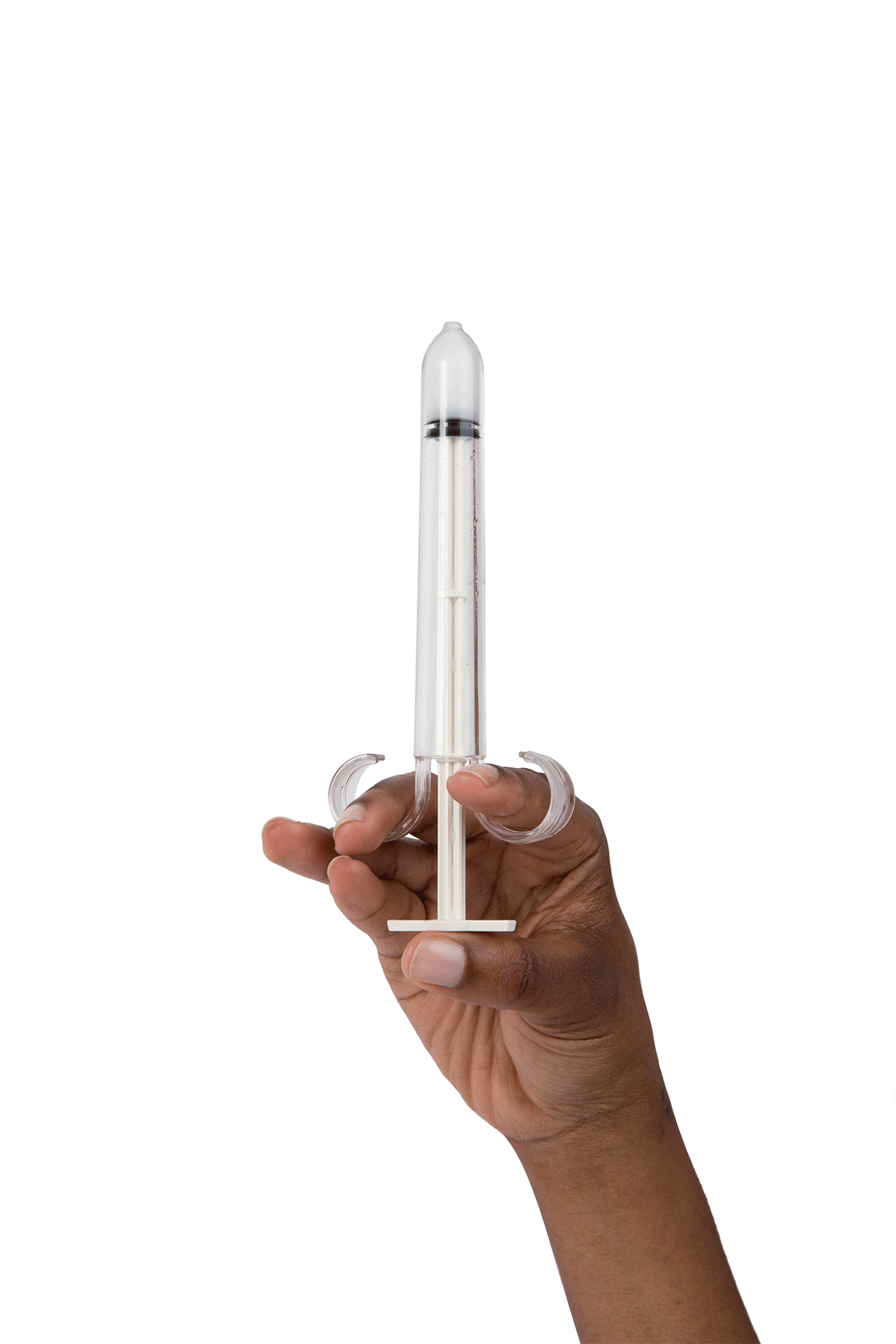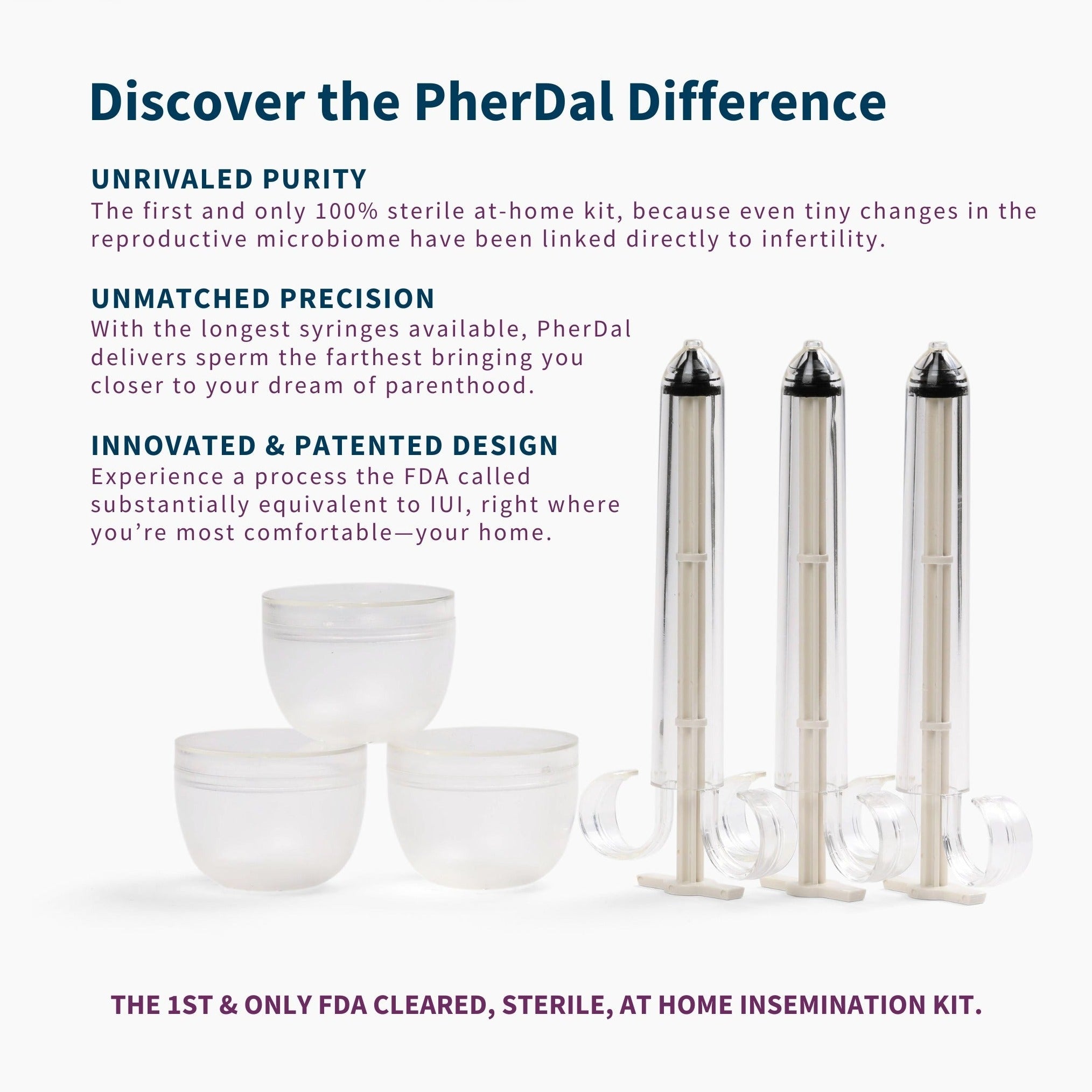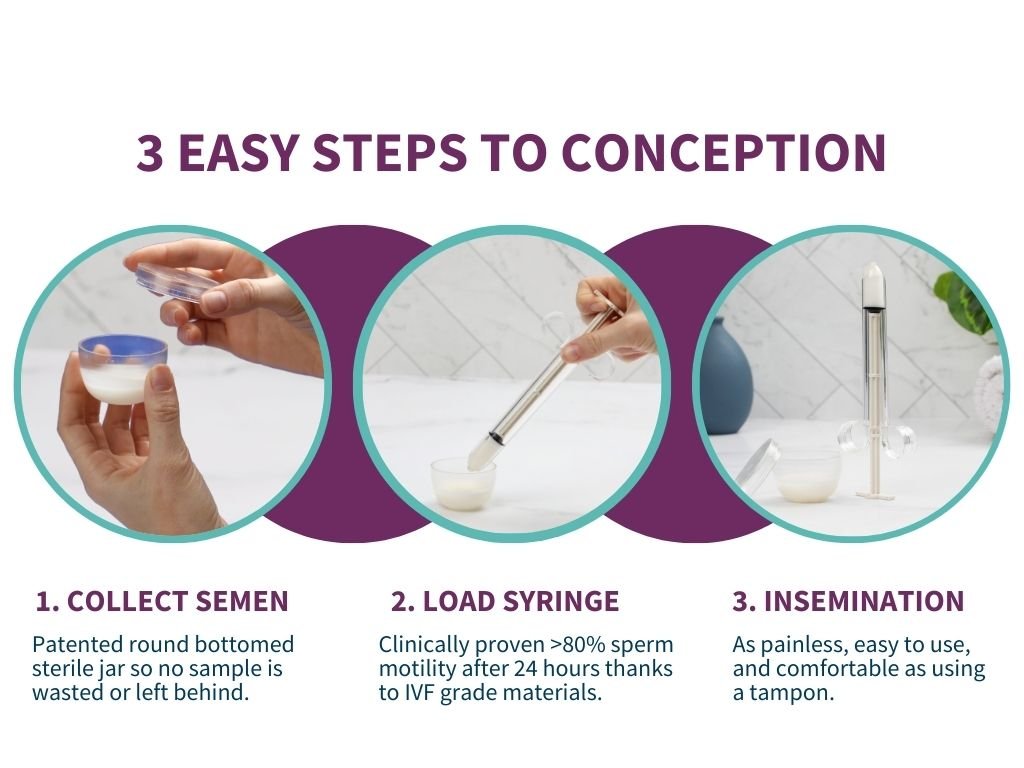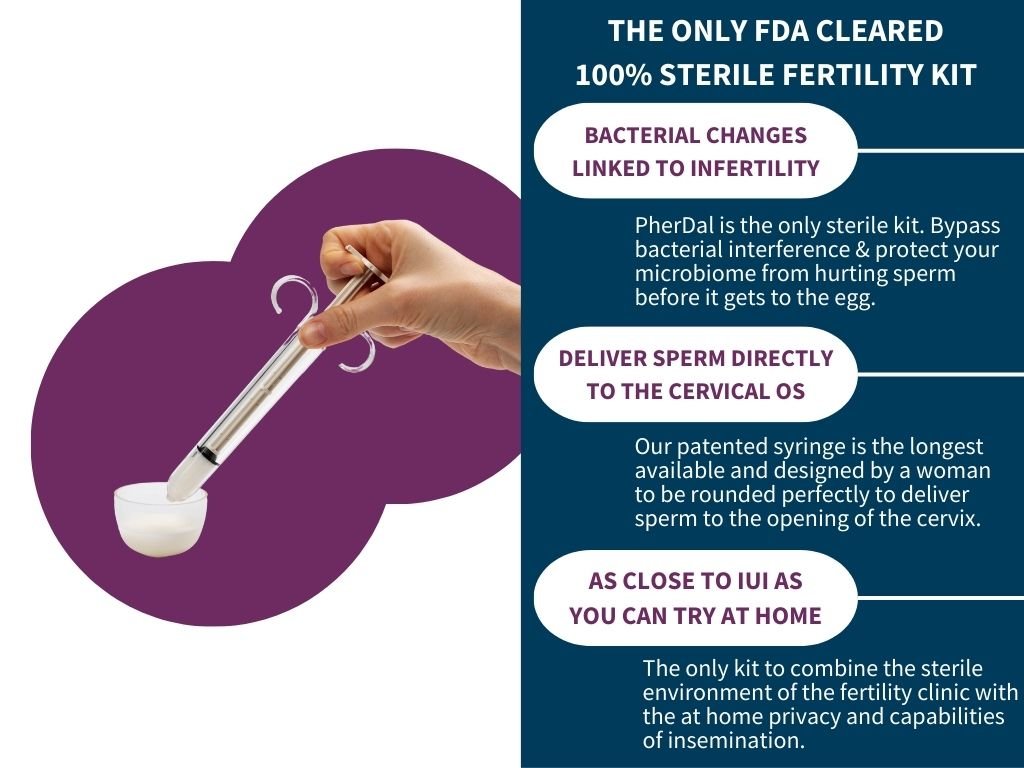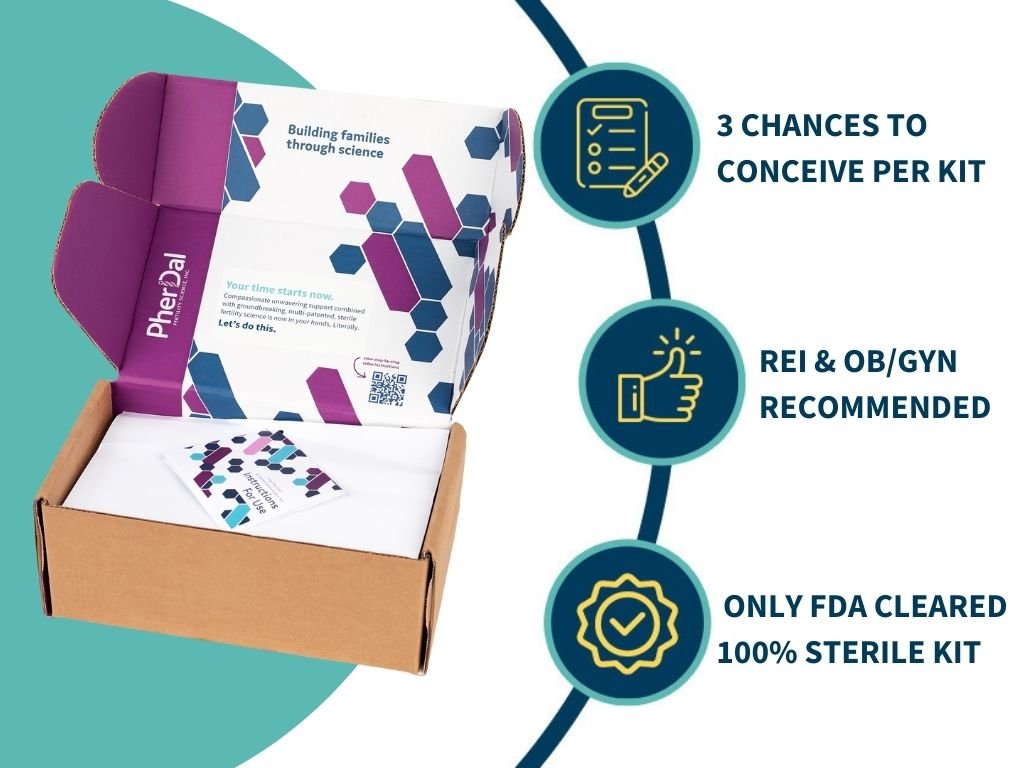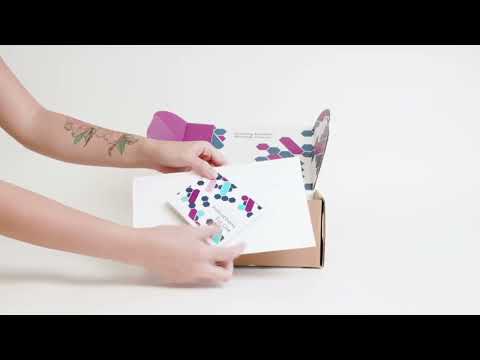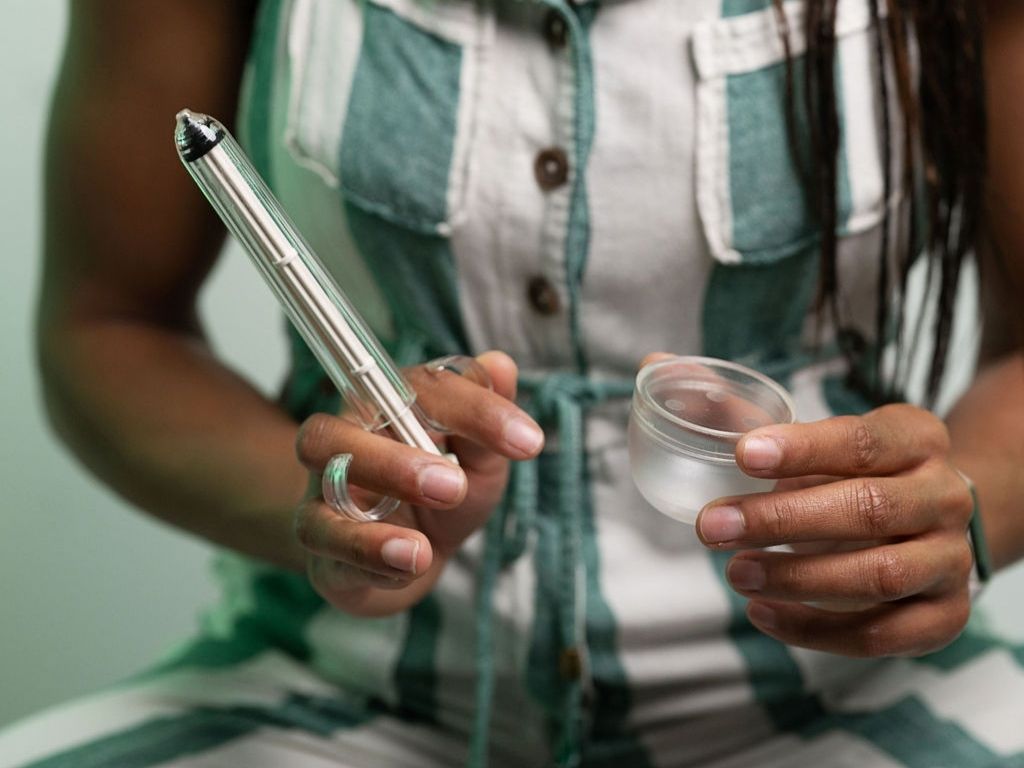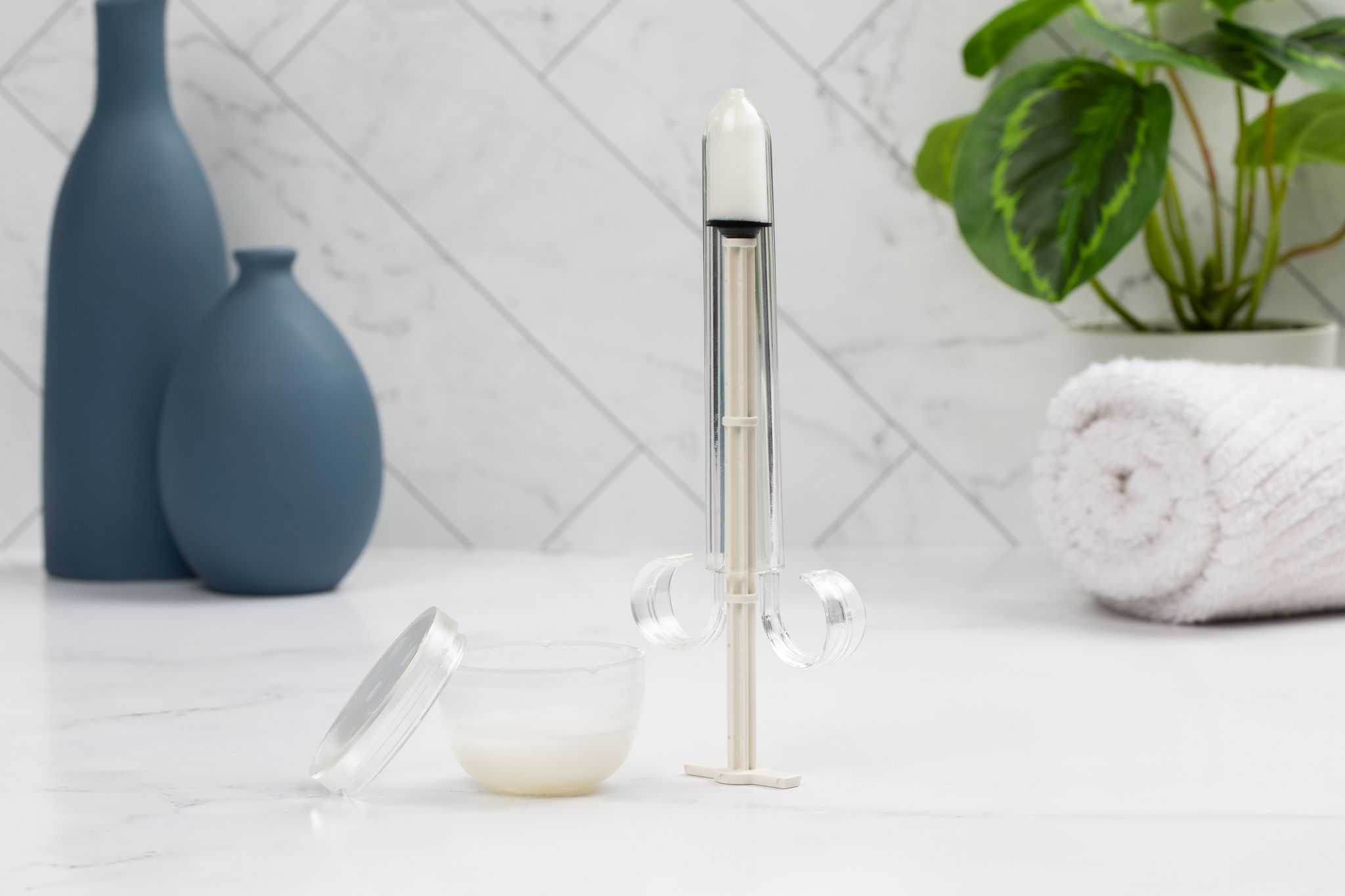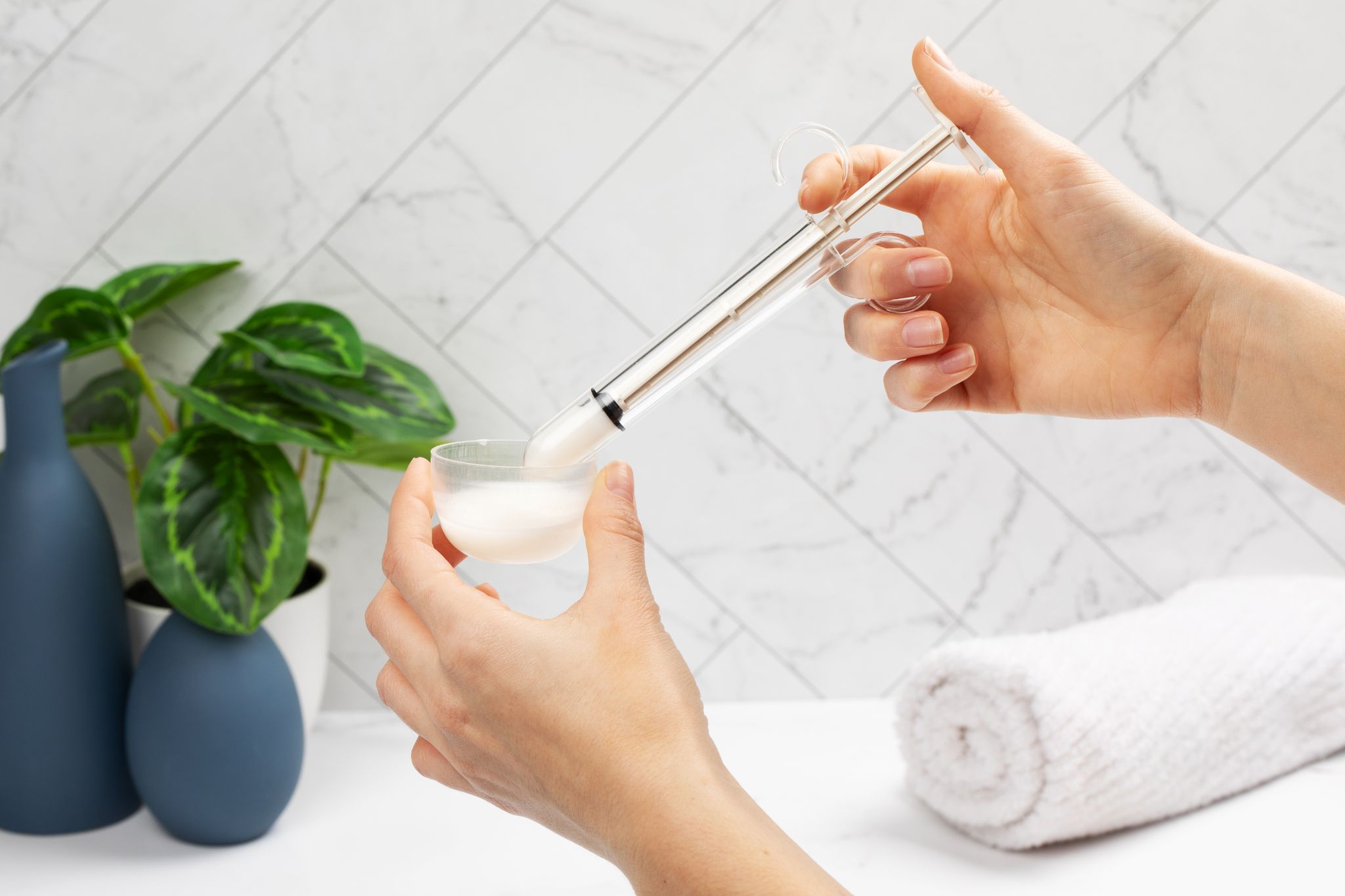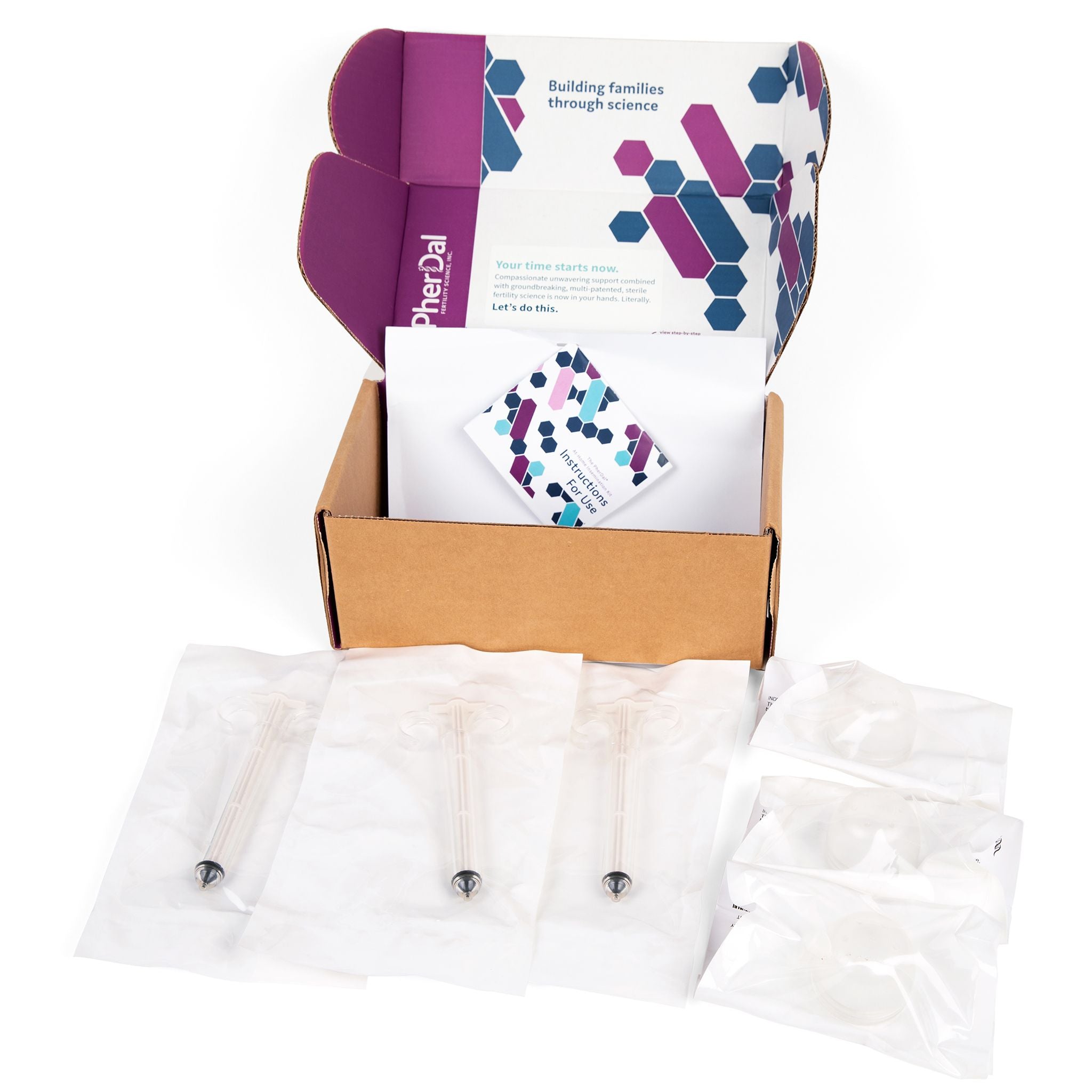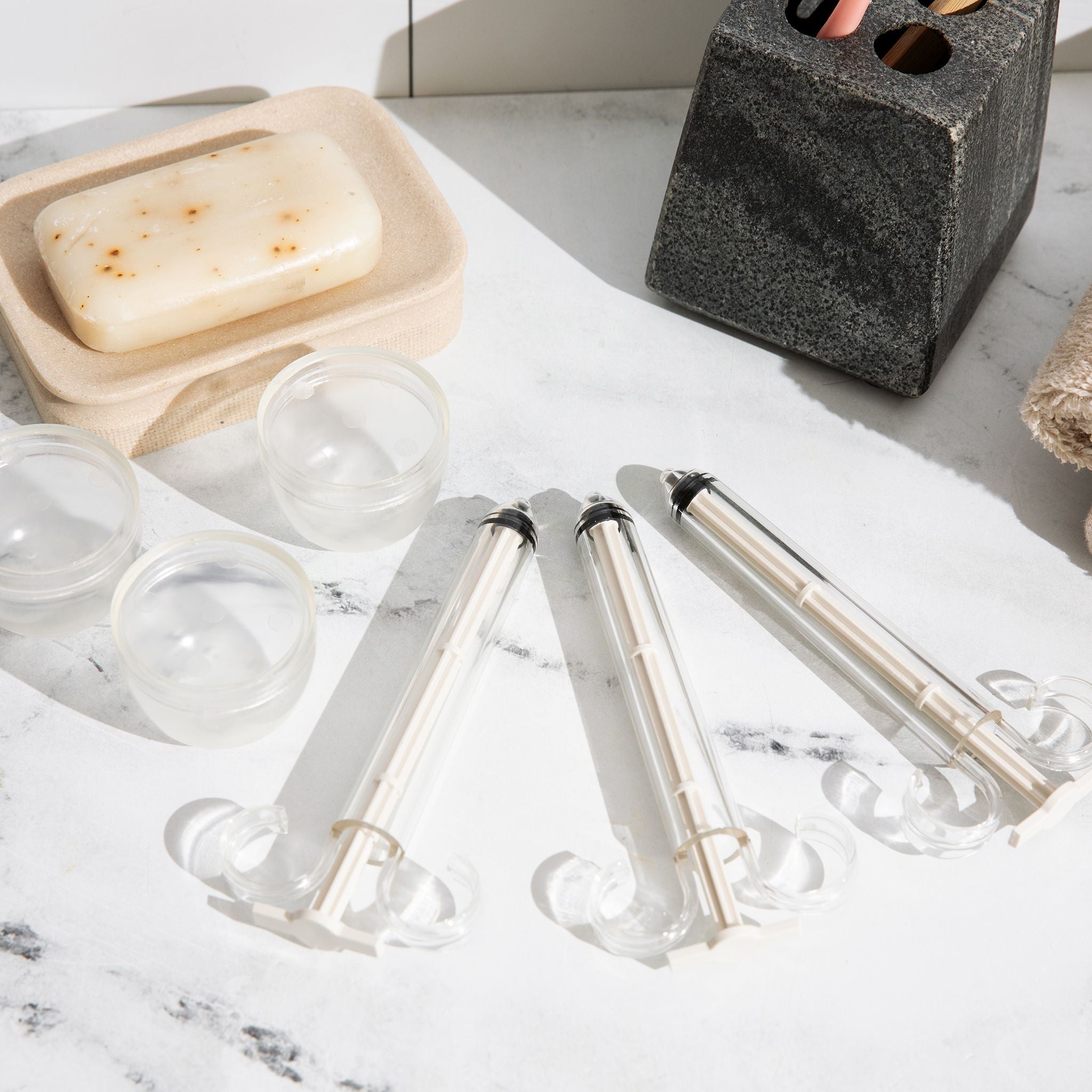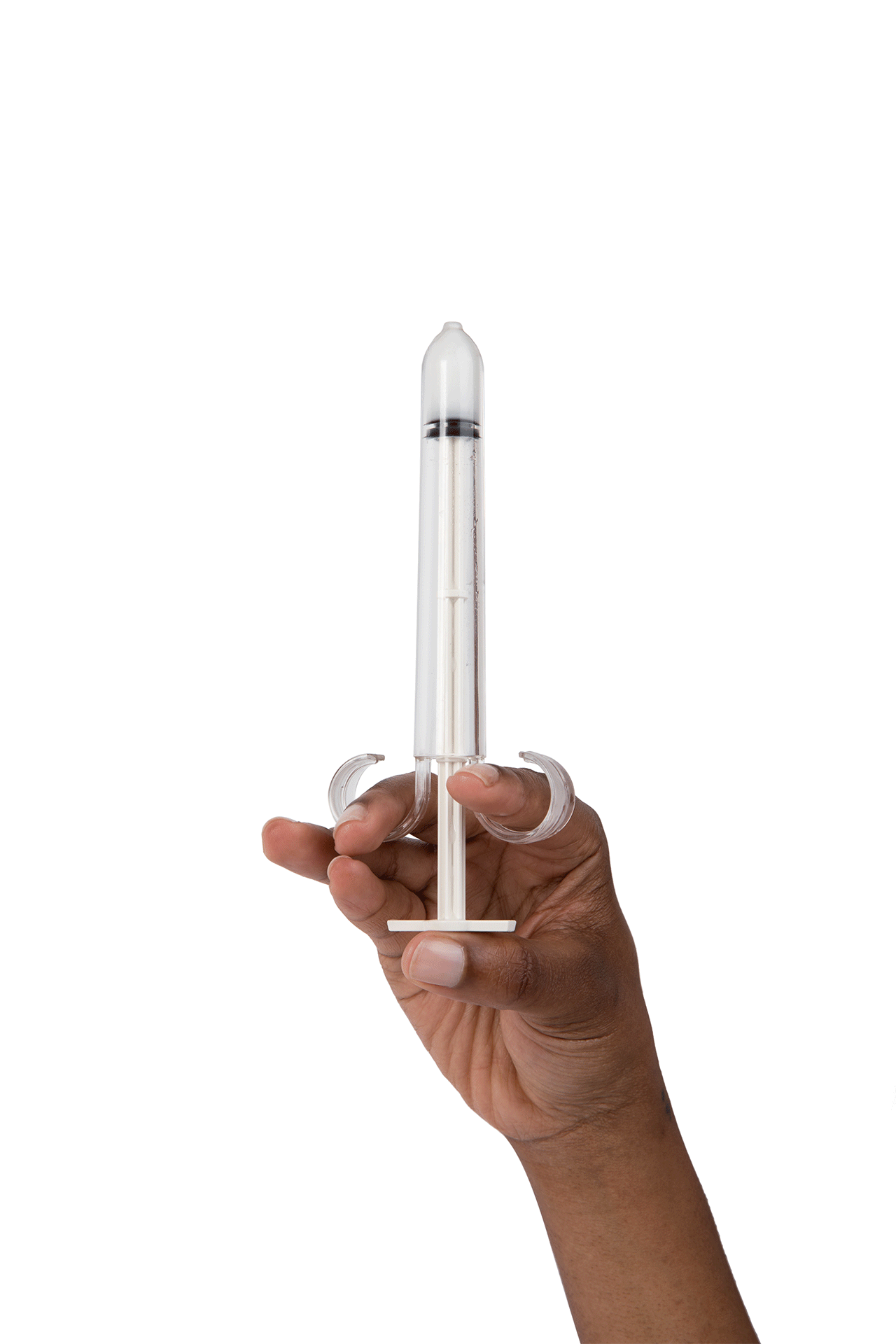Depending on how long you’ve been looking into infertility healthcare options, you may have heard of intrauterine insemination (IUI). This is an in-clinic procedure where doctors inject “washed” sperm (they’re specially treated to maximize the number of healthy swimmers) straight into the uterus via a catheter, transporting the sperm past the vagina and cervix in an effort to help them reach the egg.
This generally happens during a woman’s ovulation window to optimize the odds of conception. It resembles the feeling of a Pap smear (scoot down, further, a little further…) and takes around 20-30 minutes to complete, with a waiting period immediately after the injection. Overall, it’s relatively low-risk with minimal side effects following the insemination.
IUI is a popular “first step” for many who struggle to conceive after a year or longer of actively trying to get pregnant. It’s much cheaper (but still expensive) and less invasive than the more well-known poster child of infertility, in vitro fertilization (IVF). Doctors will sometimes recommend trying IUI before other remedies like IVF. With those factors in mind, there’s an understandable appeal; unfortunately, IUI isn’t flawless.
Issues with IUI
On the one hand, it appears to be an easy response to infertility, but IUI comes with a price tag upwards of $4,000 per session before the cost of necessary fertility medications or additional testing. Insurance coverage for infertility is spotty at best, so you can easily spend thousands of dollars out-of-pocket going down the IUI road. Adding to the hidden costs associated with this procedure, if you have “unexplained” infertility (30% of diagnosed cases are categorized as such), it’s more likely not to be covered by insurance.
When I received an “unexplained fertility” diagnosis, we were handed a loan application that would cover the recommended $10,000 worth of IUI treatments. Ten grand just to start treating my infertility with IUI?!
Since infertility is still a somewhat closeted topic of discussion, few people are aware that there’s another similar option at their disposal.
IUI vs. Intracervical Insemination (ICI)
Intracervical insemination (ICI) is notably different from IUI (that middle letter and all). For instance, just as the names imply, ICI goes as far as the cervix, while IUI goes as far as the uterus. Both are solid methods for treating infertility and expediting that critical sperm-meets-egg process, but only one is at a fraction of the cost and can be done safely at home.
Like in-clinic IUI, the intracervical insemination kit from PherDal is also sterile and effective, but it’s significantly more affordable while offering privacy at home – no stirrups, no speculum, just you (and your partner, if you choose) in the comfort of your own space. The difference in success rates is negligible: ICI’s rate is 37.9 percent after six tries, and IUI’s rate is 40.5 percent after six tries. Less than three percentage points of success separate these treatments, yet ICI gets lost in the mix.
Of PherDal’s 200 proof-of-concept kits, 35 babies have been conceived – mine included.
The Ins and Outs of an ICI Kit
At-home intracervical insemination kits are more approachable than their multisyllabic name sounds. An ICI kit like ours aids in the natural process of conception. “Building families through science” is more than just PherDal’s slogan – it’s the honest truth.
Before doing anything, remember that ovulation schedules affect the probability of pregnancy each month, which is why PherDal also offers a free ovulation journal plus a workbook to help track your cycle. I know that the idea of scribbling a sex date onto the kitchen calendar may seem off-putting, but as many of us who have struggled with infertility can attest, it’s a minor quirk on the way to hopefully creating or expanding the family you’ve dreamt of for so long.
The PherDal at-home ICI kit consists of three needleless syringes and three sterile collection jars. You’ll start by collecting a semen sample in the jar and filling a syringe with said sample, which you’ll then insert into the vagina up to the cervix (the inner opening) and push down on the plunger to release. Our kit includes detailed instructions for use, with plenty of tips to optimize your experience.
How ICI Works
So, it turns out that the quality of a woman’s vagina is a thing. I’ll explain. In many cases of infertility it’s vaginal microbiome that is the culprit. There are literally trillions of bacteria within our bodies that maintain an ideal level of equilibrium called homeostasis. If those bacteria are out of whack, negative health consequences can arise, including infertility (or subfertility, a type of reduced fertility that causes delays in getting pregnant but isn’t as acute as infertility).
Taking care of your microbiome below the belt is crucial to ensuring the greatest chance of conception. This means embracing positive lifestyle habits that benefit your microbiome, such as eating a balanced diet, exercising regularly, and avoiding smoking/drinking. Healthy microbiomes are linked to higher rates of pregnancy achieved, so tending to yours is key.
Rolling your eyes yet? Yeah, a healthy lifestyle can only go so far. Sometimes, we need a little more help. That’s where PherDal’s kit comes in. It’s designed to be completely sterile. Why is that important? Inserting an unsterile syringe into the vagina risks compromising the delicate balance of the microbiome, which can impact fertility.
If intracervical insemination seems right for you, rest assured that the PherDal ICI kit will integrate seamlessly into your sexual routine and boost the probability of conception.
That’s the “How” of It – So, “Why Not?”
Well, ICI essentially hijacked this IUI article (sorry, not sorry), but for good reason…
With an at-home ICI kit, the setting is straightforward and familiar, where you can handle the insemination yourself then relax in bed and let nature do its thing instead of squirming on the crinkly paper of a clinic chair.
IUI procedures have been likened to the mild discomfort and embarrassment of Pap smears, as mentioned, but granting the individual consumer access to these step-by-step ICI kits on their own terms can eliminate some of that stress.
PherDal patented the world’s first sterile, FDA cleared, at-home intracervical insemination kit to empower people in their fertility journey and create opportunities for a more autonomous conception experience.


